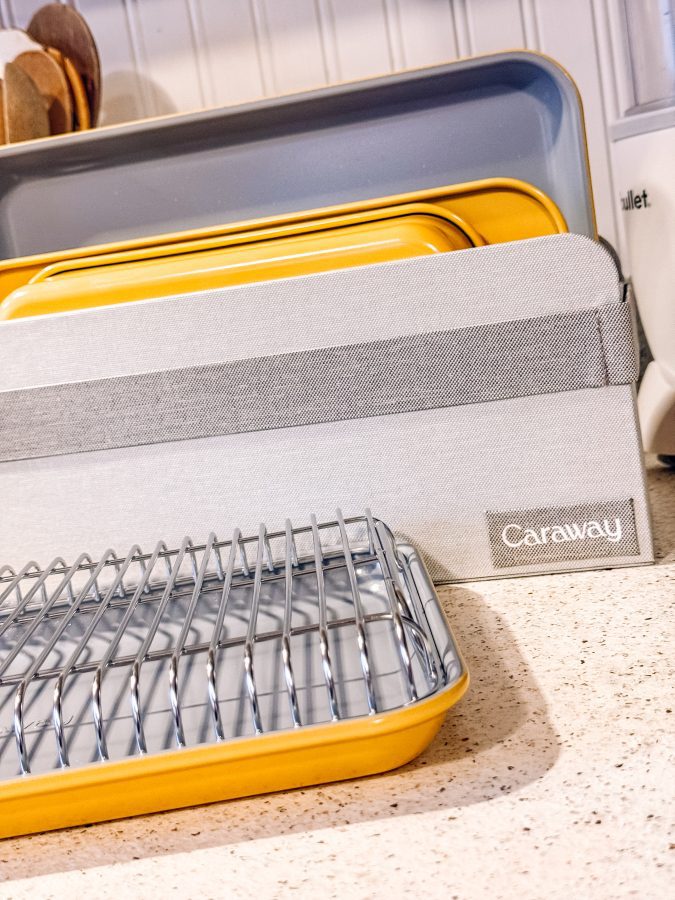Top Kitchen Essentials Every New Homeowner Should Have

You walk into your kitchen on your first night in the new place, tired from unpacking and hungry for something simple. You open a drawer and realize you don’t even have a can opener. These moments serve to highlight the essential nature of having proper kitchen tools.
The kitchen space transforms into a user-friendly environment when you make strategic equipment choices that allow you to work efficiently without creating additional obstructions. The goal is not to fill every drawer. What really helps is making sure the ones you do use are filled with tools that actually help.
This article covers the practical kitchen essentials every new homeowner should have to feel ready and cook comfortably from day one.
1. A Reliable Knife Set
Everyone talks about fancy chef knives, but what matters most is having a few knives that cut well and feel good in your hand. A sharp chef’s knife handles most chopping tasks, from slicing meat to dicing vegetables.
A smaller paring knife is perfect for peeling and trimming produce. A serrated knife handles bread and tomatoes without crushing them. It is also helpful to keep a sharpening steel or stone on hand. You can also schedule sharpening once or twice a year. With knives that stay sharp, meal prep is faster and much more enjoyable.
2. Organized Storage and Food Disposal
The process of preserving leftover food together with dry products leads to better cooking operations while minimizing food wastage. The most suitable choice involves selecting airtight containers that support stacking while providing clear visibility to their contents without needing to open them.
When you put things in the sink, it is essential to consider what exactly goes inside. The installation of a powerful food disposal system beneath your sink will simplify your tasks. Some versions have the ability to process difficult food remains by transforming them into small particles that move smoothly through plumbing systems.
The process prevents the accumulation of waste that typically generates unpleasant odors in the kitchen. Recent models feature self-rinsing chambers that automatically clean the sink walls to maintain fresh smells with minimal maintenance work.
3. Versatile Cookware
You don’t need an entire shelf full of pots and pans. A good skillet and a medium-sized pot cover most cooking tasks. A nonstick pan is essential for eggs, pancakes, and delicate fish. You should also select a sturdy stainless steel or cast-iron skillet for browning meat and sautéing vegetables.
Those materials hold heat evenly and develop a natural nonstick layer over time. Additionally, include a medium pot for boiling pasta, rice, or making sauces. One larger pot for soups or stews is also helpful. When you choose pieces that are built to last, you’ll spend less time replacing warped or scratched pans.

4. Accurate Measuring Tools
Even if you cook intuitively, a set of measuring cups and spoons is priceless. Liquid measuring cups with clear markings make pouring easy. Nesting dry cups help keep your drawer tidy. If you bake or follow recipes, accurate measurements can mean the difference between success and failure.
You should look for sturdy metal or high-quality plastic that won’t break when you’re rushing. Once you have reliable tools, you’ll trust every recipe and save trips back to the store.
5. Essential Utensils
You can easily fill a drawer with gadgets you rarely use. Instead, focus on a few that handle most tasks. A spatula that slides under food cleanly, a pair of tongs that grip firmly, and a slotted spoon for draining liquids are basics you’ll reach for every day.
In addition, a whisk for mixing batters and a sturdy ladle for soups and stews will round out your essentials. Silicone or nylon tools work well because they won’t scratch nonstick surfaces. Keeping utensils within reach helps you move through cooking without having to hunt for the right tool.
6. A Solid Cutting Board
A cutting board may seem basic, but choosing one that lasts is crucial. Wood boards are gentle on knife edges and have a classic feel. On the other hand, plastic boards are lighter, easier to clean, and often have a nonslip base, so they stay in place on your countertop.
It’s smart to have at least two boards. Use one for raw meat and the other for produce. That keeps flavors from mixing and also prevents bacteria from spreading. When you keep boards clean and well-maintained, they protect both your knives and the food you prepare.
Don’t Skip These Top Kitchen Essentials
So, whether you are experimenting with new recipes or sticking to tried-and-true favorites, these essentials help you save time and avoid frustration. As you settle in, you’ll discover specific tools that match your habits and cuisine preferences. With reliable knives, a good set of cookware, accurate measuring tools, and the right storage setup, including a helpful food disposal system, you’ll feel confident in your cooking abilities. Keeping it simple means you spend more time enjoying meals and less time worrying about what’s missing.

